Fern Stingray Nephrolepis Tissue Culture
$4.41
Fern Stingray Nephrolepis Plant is easy to maintain and grows well in all types of conditions. If you want to grow it indoors for decoration, you can prune it into a dense and upright shrub. If you want it to grow wild in the outdoors, you can easily pinch it from its root and drag it behind your horse to make it stick to fences, railings, and other structures.
Out of stock
SKU: FERSTI800105105T
Category: Tissue culture
Uses of Fern Stingray Nephrolepis Plant
- Fern Stingray Nephrolepis Plant nettles have been used by Native Americans for medicinal purposes. Their history has been documented throughout the continent by oral and written history. In fact, early white settlers in the mid-nineteenth century collected specimens as a hobby and stored them for later use. Fern stinging nettles grow in abundance throughout much of the United States. They are also easily available in dried, frozen, or fresh forms.
- The Fern Stingray Nephrolepis Plant’s leaf is a rich, deep green, leathery substance with a thick underside that grows on the woody stems and leaves. The leaves are covered with a whitish powdery substance which is the fern stinging.
- The plant itself has a tubular shape with pointed, fleshy edges. The flowers are white, somewhat pear-shaped, and about two to four inches across with light cream or pale yellow center. The fern stinging nettle typically blooms for a single season and then dies back.
- Fern Stingray Nephrolepis Plants make wonderful container plants. Many gardeners keep fern stinging nettles on spines, rocks, and other obstacles for attractive foliage.
- They will also attract beneficial birds and butterflies. Some gardeners also like to pull the fern stinging nettles off their plants after they bloom to replant them elsewhere. replanting them is simple: simply take the plants out of the ground where they bloom and put them into a large container or bedding material.
- Because Fern Stingray Nephrolepis Plant has a strong stem, it makes them an excellent landscape plant. As a landscape plant, they can be planted anywhere, from the ground up. They will grow nicely with other plants, but they are not invasive species and do not compete with native grasses or flowers for nutrients.
Benefits of Fern Stingray Nephrolepis Plant
- Fern Stingray Nephrolepis Plant’s Root is a powerful medicinal plant that comes from the stock of the genus Ensifera. It is a very effective treatment for such conditions as chronic sinusitis, asthma, and rhinitis.
- Though it is very effective and has many benefits it is also known to cause certain side effects which may include vomiting, stomachache, diarrhea, bloating, and gastric pain. However, there are certain benefits of the FERN STINGray NEPHROLEPIS Plant which are yet to be explored and researched.
- The major benefit of the Fern Stingray Nephrolepis Plant is that it helps in treating sinus infections. It has been found to possess certain antibiotics that help in treating and curing acute and chronic sinusitis. For people who suffer from respiratory system problems due to congestion and sinus problems fern stinging nettle may prove to be very effective.
- Fern Stingray Nephrolepis Plants are rich in calcium, chlorophyll, and phytochemicals, this, in turn, helps in reducing high blood pressure. Also, nettles contain powerful antioxidants that help in strengthening the immune system. The fennel seed oil has been proved to be very effective against bacteria, viruses, and fungi. The phytochemicals present in nettle help in regulating cholesterol levels in the bloodstream.
- Fern Stingray Nephrolepis Plant helps in strengthening the tooth enamel. People who suffer from gingivitis, bad breath, halitosis, and oral cavities can use nettle regularly for avoiding these conditions. People who are under excessive stress, anxiety, depression, and a panic attack can benefit from nettle too. The root of this plant is beneficial for all of the above-mentioned conditions.
Properties of Fern Stingray Nephrolepis Plant
- Fern Stingray Nephrolepis Plant grows up to three feet tall and sometimes doubles its height. The leaves are alternate and dark green with brownish hairs on the undersides. The flowers are large and white-colored and come from May through August. The Botanical name, Paphiopedilum album, comes from the Greek word meaning ‘papula broadum’, which refers to the broad flat leaves.
- The leaves of this deciduous flowering plant are aromatic and the scent it produces attracts butterflies. In fact, the species is so well known for its pleasant scent that many people call it ‘honey-scented’!
- The flowers themselves are large, about two to three inches in diameter, which are quite pendulous. They come in a cluster that looks like small flowers or petals, depending on the species. The flower heads grow in rhizomes (stems) that are usually formed underground.
- As far as the medicinal properties of the Fern Stingray Nephrolepis Plants are concerned, it has been proven that it can kill mosquitoes and even ticks. Even though this has not been proven, several scientific tests show its effectiveness.
- Another interesting property of the Fern Stingray Nephrolepis Plant is its ability to deter deer from coming near it by setting off alarm pheromones in the vicinity. This is believed to be a natural repellent and is useful for many areas including parks, wildlife refuges, golf courses, and agricultural lands.
Be the first to review “Fern Stingray Nephrolepis Tissue Culture” Cancel reply
Related products
Tissue culture
$7.74
Tissue culture
$7.74
Tissue culture
$6.87
Tissue culture
$8.82
Tissue culture
$7.74
Tissue culture
$9.33
Tissue culture
$4.77
Tissue culture
$7.53

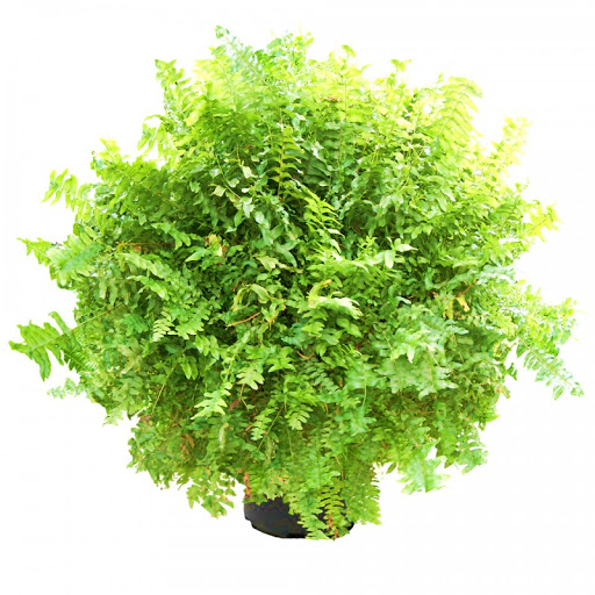
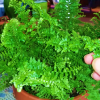
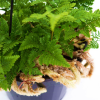
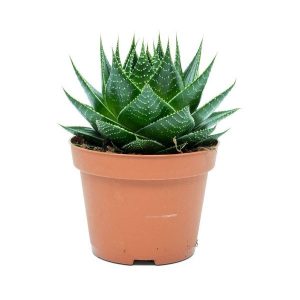
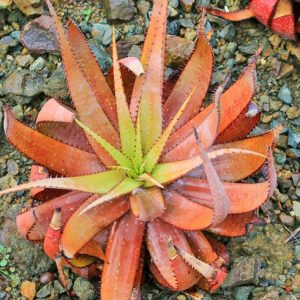
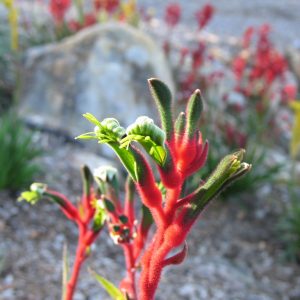
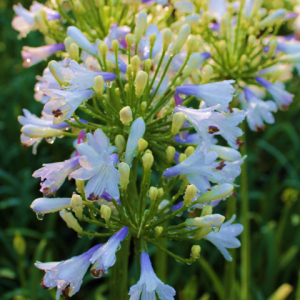
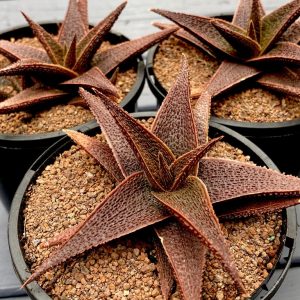
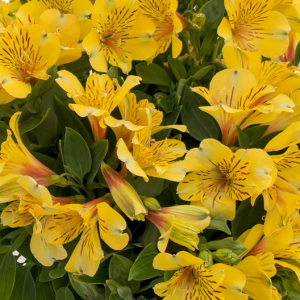
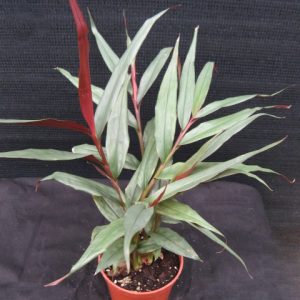
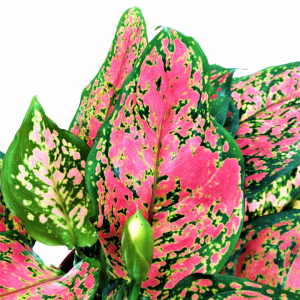
Reviews
There are no reviews yet.